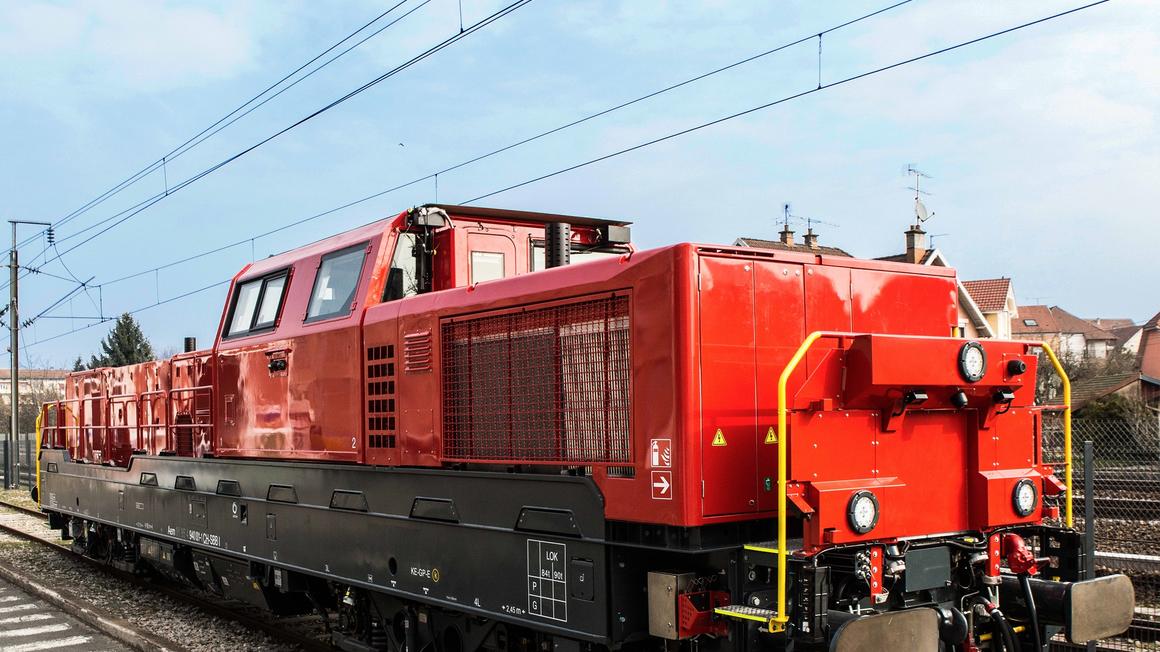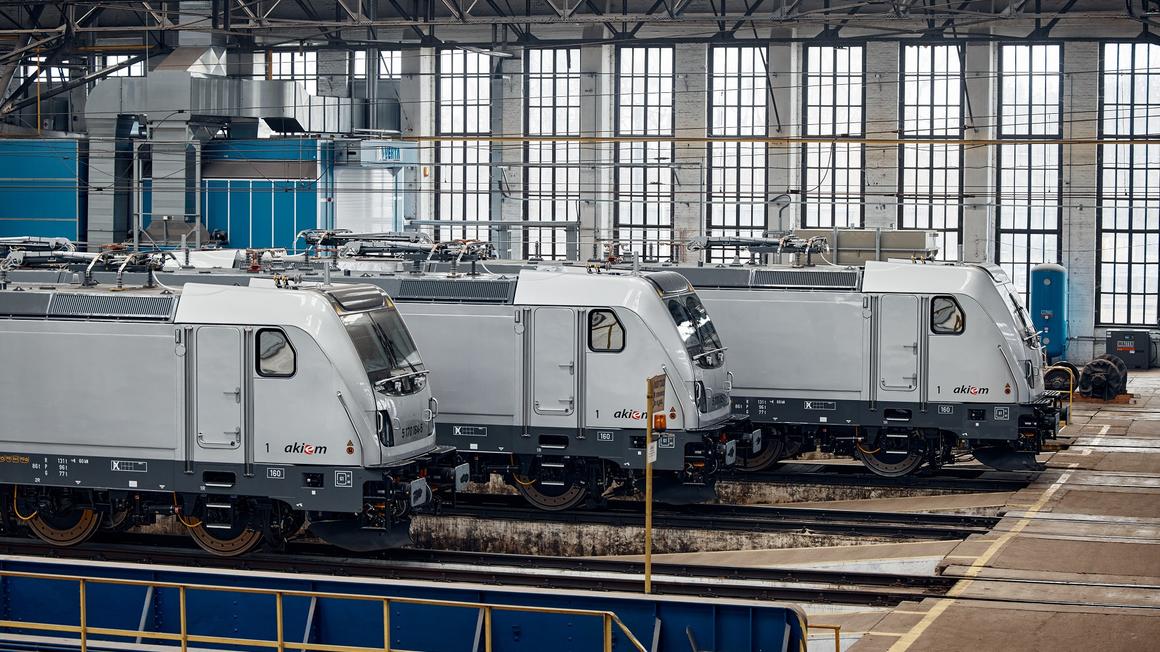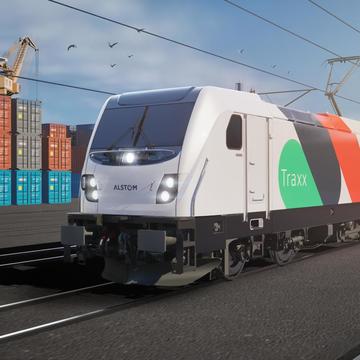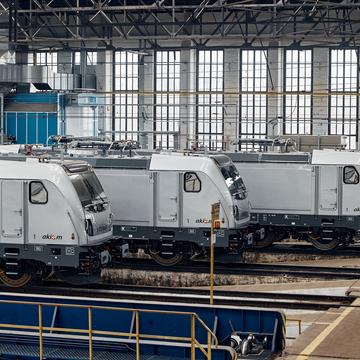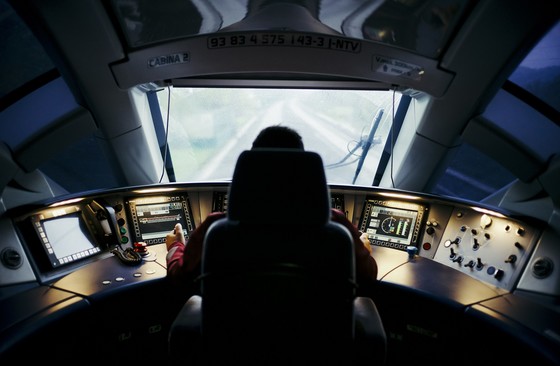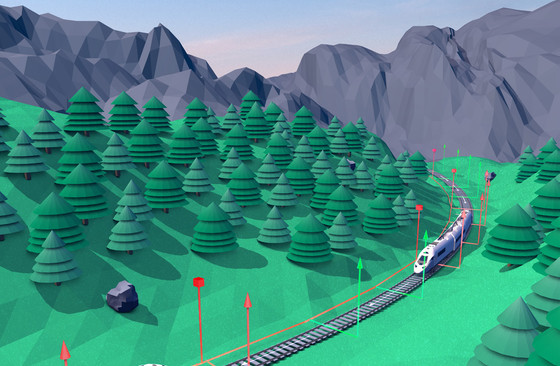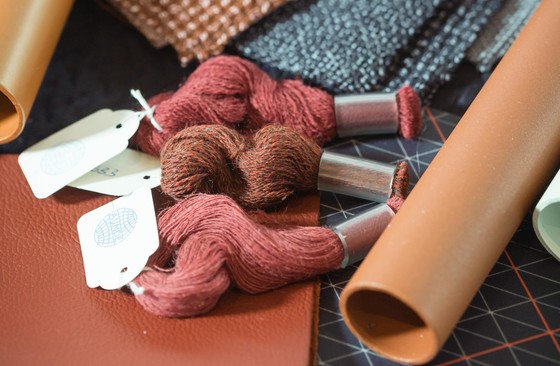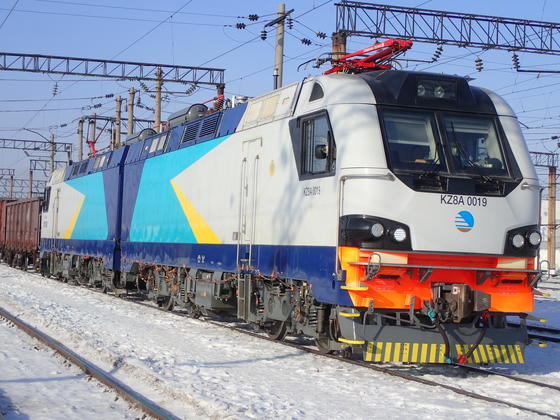
Locomotives: the brains and brawn of the rail world
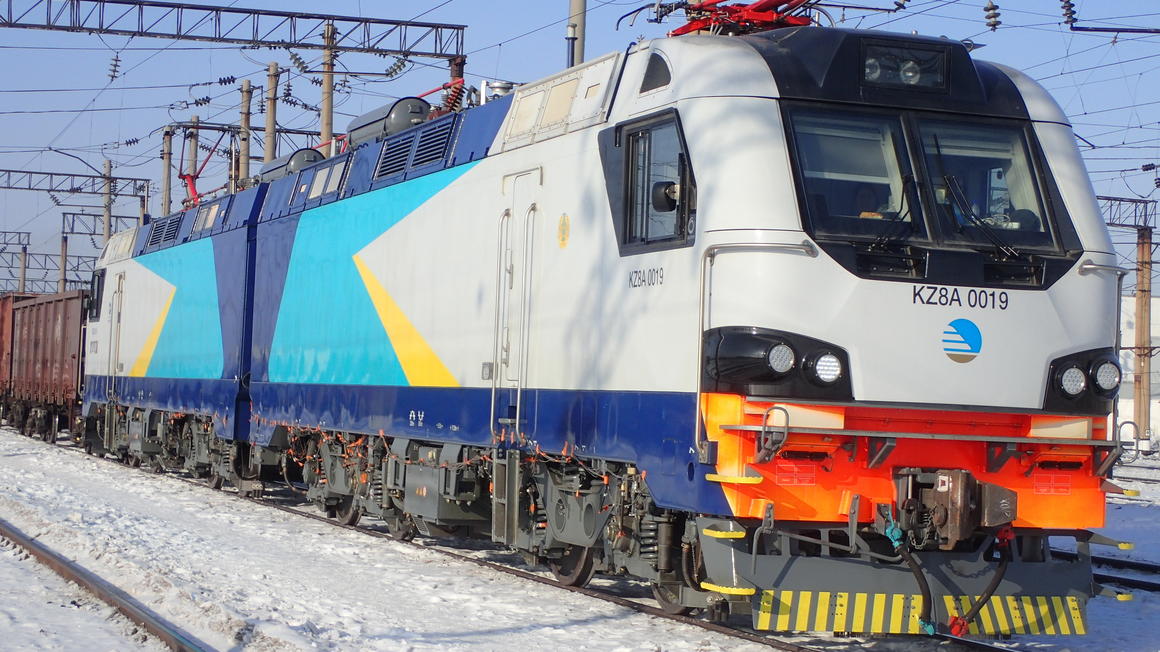
Pulling freight trains or moving passengers – locomotives are the intelligent powerhouses of the rail network. Frank Schleier, Head of the Locomotives Platform in Alstom, has been working with heavy locomotive machinery for two decades and explains how these “rail workhorses” are becoming greener through ongoing innovation.
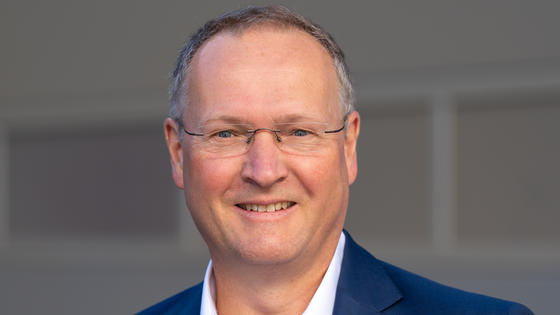
Frank Schleier is head of the product platform for locomotives at Alstom. He started his career as an electrical engineer in 1992, working in different industry segments for international projects in tender management, sales and project management. Twenty years ago, he joined the railway industry and got paired with locomotives. Through leading positions in project management, product management and engineering he found his way to his present position. Since 2020, Frank Schleier has led the segment for electric railroads within the trade association ZVEI. As he travels a lot, he tries to safeguard his time on weekends to do leisure activities like riding e-bike, playing cards with his family and friends, and hiking in the forest or vineyards next to his home.
Connect with Frank on LinkedIn
What makes locomotives so unique as a product, in comparison to other types of rail vehicles?
A locomotive is the brain of the train, with the power to pull all the carriages or cars that make up the train. A locomotive needs to be really heavy to achieve the necessary traction force applied to the rails and are usually at the front of the train. In comparison, other types of trains, such as high-speed trains, metros or monorails, are manufactured as electric multiple units (EMUs), where each coach has its own power source. Most of our locomotives are electric and 80% are used for moving freight. A standard European 4-axle electric freight locomotive has a 300 kilonewton traction force and can potentially pull 60 or 70 coaches depending on the load of each coach, but with heavy haul locomotives, we could easily go up to 120-150 coaches with a tonnage of 3,000 to 4000 tons.
What types of locomotives does Alstom have?
Alstom’s new portfolio covers more or less all types of locomotives: small shunting locomotives, mainline operation locomotives, passenger locomotives, and heavy haul locomotives. The different uses means different technologies. Freight trains need just a coupling and a brake pipe to be connected to other coaches. In comparison, a passenger train locomotive needs much more functionality, such as passenger information systems, door-opening systems, as well as a supply of heating and air conditioning from the locomotive.
…and what innovative technologies are available for locomotives?
For particular customers, we have developed a universal locomotive which can be in passenger operation in the day and used for freight operation at night, offering a faster return on investment.
We have also developed the last-mile functionality for mainline trains, adding a small diesel engine so that it can manoeuvre without needing a shunting locomotive. The next step, which we are already working on, is the last mile battery pack to replace the diesel engine.
Also in Europe, Alstom is a front-runner in providing Atlas signalling equipment for the European Train Control System (ETCS) and we are currently introducing it into the Traxx platform.
The next step is automated train operation. The first operations have already been done successfully in the Netherlands over the past six months. We are now looking at how to get this system into a real-life operation: it would have to be a simple line without interconnections.
Another innovation that we are starting to introduce is a digital automatic coupler. Currently coupling is a manual operation, but from 2025/26 onwards we will have the first test operation for a digital automatic coupler in Europe, on a freight line.
Alstom’s locomotives’ biggest successes are in Europe, India and Kazakhstan, can you explain how we have achieved market leadership in these areas?
Often, we have the best answer to the customer’s technical specification because our products are, in some instances, superior to the competition. Also, we are very good at localisation. Take India: we have built a locomotive plant in Bihar, one of the poorest areas in India, and it has kick-started the local economy with shops, schools, medical provision and a training centre, plus it has brought electricity supply to nearby villages. This is where Alstom can make a difference and is doing really quite a good job.
Another factor is all the different rail gauges and standards. All these countries have different widths between the tracks and different norms, and we can adapt to all markets.
And then, we have our service networks all over the world. If a locomotive has a lifetime of 30 years, the computer systems will change over time. Our service teams will come up with solutions so that the customer is served throughout the locomotive’s lifetime. Again, not everybody can provide this.
What are the main projects you will be delivering and what is interesting about them?
Starting in Europe, we continue to deliver the Traxx fleet, and are progressively installing Atlas signalling equipment.
Secondly, the WAG-12 locomotive that we are providing for India is unique. The Indian Transport Minister said it was the best locomotive in the market. We are over-achieving in terms of contractual performance and the programme includes building 110 locomotives per year and will continue doing so for another six years. As the Indian market is growing exponentially, there will be an additional demand for around 3,000 locomotives over the next 6 years.
In South Africa, the locomotive we supplied is a heavy beast – a 6-axle locomotive on a metre gauge track, the same size as a tramway, pulling 4,000 tonnes of coal. We have 90% local production and were mentioned in Parliament as the only contractor of four to have achieved this and fulfilled the contract. This gives us opportunities for business with private customers emerging as a result of market liberalisation.
What are the plans for locomotives in the near future?
In Europe, we are striving to improve performance and reduce electricity use. We have a long list of ideas which could reduce electricity use by 7 to 8%, such as assisting drivers on the best way to brake.
We are also working on fuel-cell technology for locomotives that do not use green electricity. For example, in the North American market, electrification would be too costly as the network is too big. In the next 2-3 years, we will have the first prototypes testing on the track. Also, we are working on a solution to replace diesel engines with batteries. Such hybrid solutions yield an efficiency gain of 35 to 40%. The second step is then always to integrate these innovations into existing or new products.
